
Starting June 1st, 2023 Our warehouse fee will be $0.65/cubic foot per month
In effort to lower the warehouse storage fee during inflation, we have went narrow aisle racking.This construction took us four months but the project is finally completed. With narrow aisle racking, we are able to drop storage by 24%.We as partners will go through this inflation together.
01/14/2024
The consumer e-commerce sector raked in an astounding $150.8 billion in revenue in the United States alone in 2023. On a global scale, the market for consumer e-commerce reached a staggering value of nearly $500 billion within the same timeframe. With these remarkable figures in mind, it's undeniable that the consumer electronics market is not only established but thriving – the key lies in understanding how to capitalize on its potential.
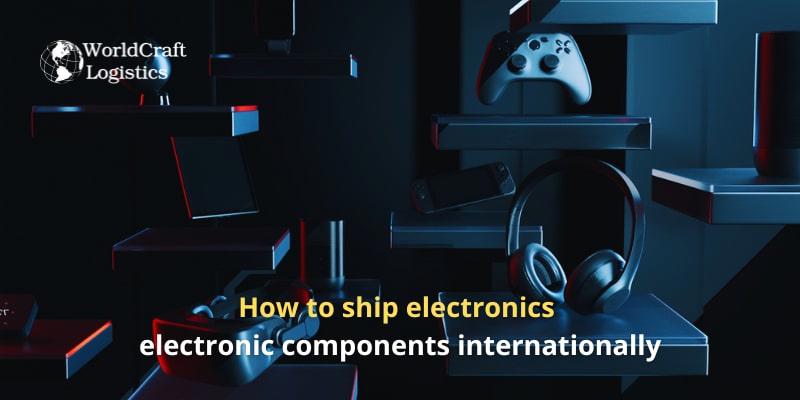
If you find yourself uncertain about where to commence or in need of guidance along the journey, rest assured, you're not alone. In this context, exploring essential tips and best practices on shipping electronics with Worldcraft Logistics is the next logical step. Keep reading to discover valuable insights that can pave the way for successful navigation through the dynamic landscape of consumer electronics commerce.

Consumer electronic goods encompass a diverse array of devices designed to cater to various personal needs, streamlining routine tasks with their multifunctional capabilities. Additionally, specific electronics serve as indispensable equipment in offices and other digitized workplaces. These products, powered by rechargeable batteries or conventional physical batteries, include:
Laptops
Game consoles
Stereos
Phones
TVs
Given the intricate nature of electronic goods, comprising numerous delicate components, they become particularly vulnerable during transportation. Therefore, it becomes imperative to meticulously organize and plan the shipment of your electronics to ensure their safety and integrity throughout the transportation process.
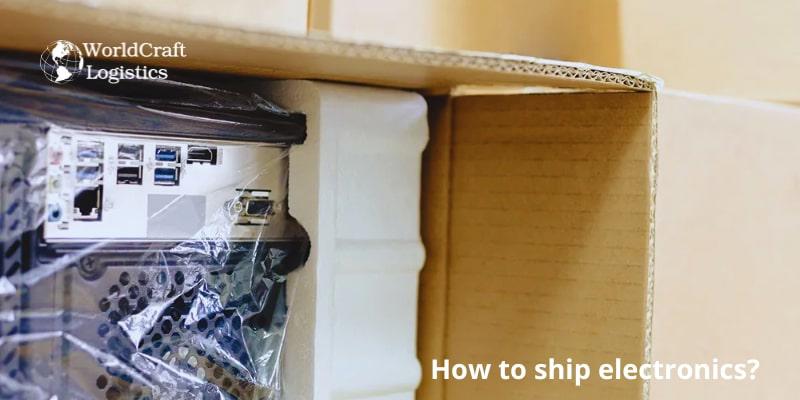
Shipping electronics internationally shares similarities with domestic shipping, but there are crucial differences to consider. First and foremost, it's essential to confirm that the chosen international carrier permits air shipping for your package. This becomes particularly critical when the device contains a lithium battery or other potentially hazardous components, as some carriers may have restrictions or prohibitions on transporting such items.
Moreover, understanding the packaging and paperwork requirements for export is imperative. Inaccurate or incomplete information in this regard could lead to shipping delays during customs clearance. Additionally, be mindful of potential additional charges, such as goods and services tax (GST), which may vary based on the destination country.
To ensure the safe and smooth transportation of your electrical and electronic goods, selecting a reliable and cooperative shipping partner is key. This step helps minimize risks and ensures that your shipment reaches its destination securely, adhering to international regulations and guidelines.
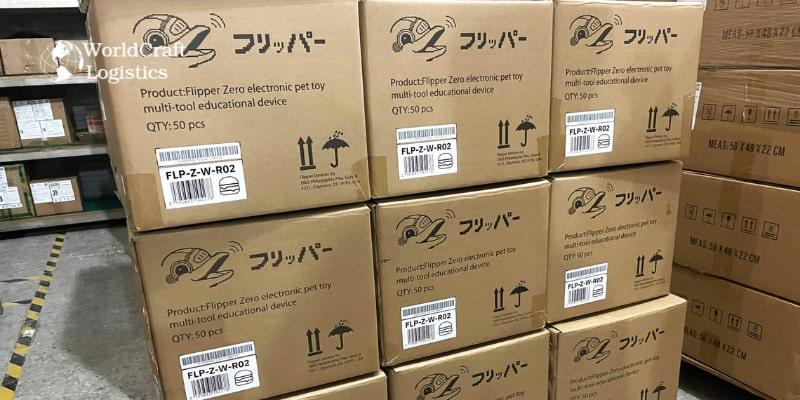
Opting for a third-party logistics (3PL) provider for you want use shipping electronics service can bring significant advantages. These providers specialize in managing various aspects of logistics, offering a comprehensive solution for shipping electronics. Here's why engaging a 3PL for your ship electronics service is beneficial:
3PLs excel If you are looking for a reputable 3PL unit with experience in managing goods and saving money - ☑️ Contact Worldcraft Logistics immediately, we have everything you need available and meet your exact needs. After only 30 minutes of discussion and consultation
For a cost-effective option with USPS for shipping electronics, keep in mind that packages containing lithium batteries can only be shipped via Ground service. Although this choice offers competitive prices, transit times may be longer. Ensure you mark these packages clearly with labels like "Restricted Electronic Device" and "Surface Transportation Only" to comply with regulations and streamline the shipping process.
UPS provides convenient solutions for your electronics shipping needs. You can leverage their expertise by visiting one of UPS' 5,000 retail locations in the U.S. and Canada, where they offer specialized electronics packaging. These locations are equipped with packing professionals who can assist you in ensuring that your shipment reaches its destination safely and intact.
Shipping laptops and other electronics becomes hassle-free with FedEx. Similar to UPS, FedEx provides padded packaging specifically designed for shipping electronic devices. Additionally, FedEx offers services tailored for shipping high-volume or heavy-weight electronics orders, ensuring a safe and secure shipping experience.
Topics you may be interested in:
How to shipping alcohol - Regulations in the US and wine exports
How to ship frozen food and other refrigerated SAFELY avoid damage
How to ship fragile items to keep them INTACT and REDUCED COST
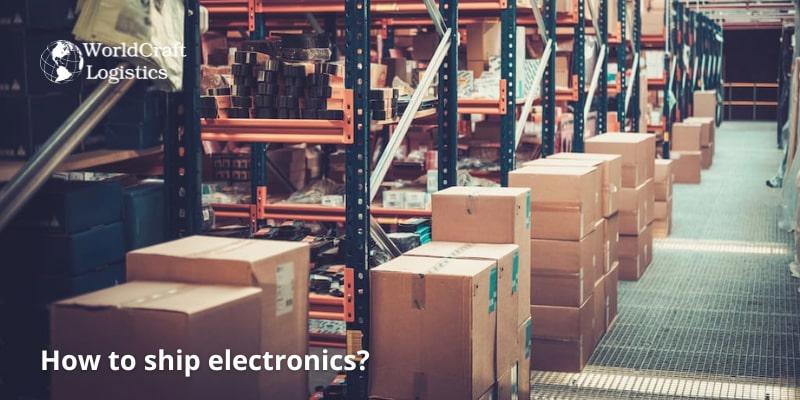
Shipping electronics requires a well-planned strategy due to its time-sensitive nature, especially for devices with essential functions or intended as gifts. Considerations for timely delivery include:
👉Distance: Longer distances increase delivery time, factoring in potential traffic and stops. Advance route optimization helps avoid delays.
👉Transportation Mode: Full truckload shipments ensure prompt delivery, while less than truckload options are more cost-effective but may involve additional time for pick-ups and drop-offs.
👉Seasonality: Peak seasons result in congested roads, slowing down delivery speeds. Adverse weather conditions can also impact timelines with traffic congestion and repair stops.
Strategic planning that balances these factors is essential for an efficient and timely electronics shipping process.
Undoubtedly, offering competitive shipping prices significantly enhances the customer experience. Understanding the cost of shipping electronics empowers you to provide the best shipping rates. The shipping cost for electronics is influenced by factors like package size, weight, and distance traveled. We facilitates easy rate comparisons across carriers, incorporating member discounts for accurate pricing.
Certainly, here are a few more examples illustrating the impact of size, weight, and distance on shipping costs for electronics:
Small and Light Package:
Medium-Sized Package:
Large and Heavy Package:
Flat-Rate Option:
Consider using flat-rate boxes, where the package's weight doesn't affect the shipment cost as long as it fits in the box. Ensure that protective in-fill also accommodates the box dimensions. This approach can offer a cost-effective solution for shipping electronics.
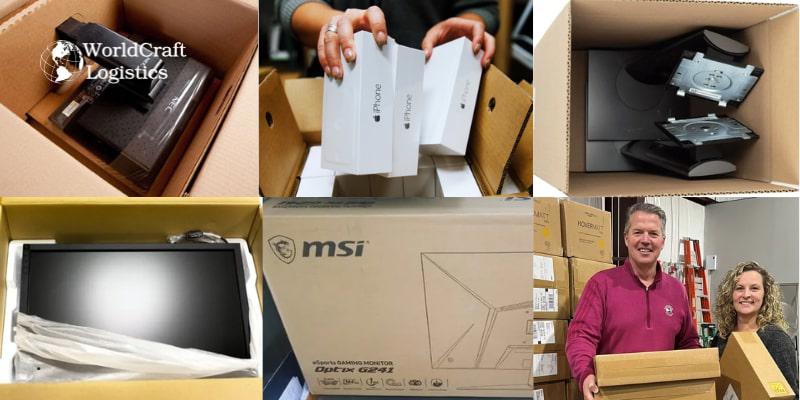
When shipping electronic goods, selecting appropriate packaging is critical due to their comparative fragility. Durable packaging builds customer trust, as any damage to the box may suggest potential harm to the product inside. Here's a guide to proper packaging for electronics:
Air Pillows: Keep items away from box edges, preventing movement during transport.
Biodegradable void fillers that are reusable, reducing shipping costs and environmental impact. Consider the primary functions of your electronic goods when choosing inner packaging, and prioritize lightweight, cost-effective void fillers to ensure the safe transit of fragile items.
Safely wrap electronic items to ensure they remain undamaged during the shipping process. Adhere to carrier guidelines to prevent any potential delays or penalties associated with shipping. Opt for shipping services that include insurance coverage or purchase additional insurance if offered. Prior to shipping, verify the accuracy of the recipient's address with the customer. Additionally, contemplate using delivery confirmation or other available confirmation options to minimize the risk of package theft.
In conclusion, when it comes to shipping electronics, meticulous attention to packaging, adherence to carrier restrictions, and thoughtful consideration of additional safeguards play pivotal roles in ensuring a smooth and secure transit. By carefully wrapping electronic items, following carrier guidelines to avoid delays or penalties, and opting for services with insurance coverage, one can significantly reduce the risk of damages during shipping. Confirming the accuracy of the recipient's address with the customer and employing confirmation options further enhances the overall security of the shipping process. By adopting these practices, both senders and recipients can have greater peace of mind, knowing that their electronic items will reach their destination safely and intact.
SEO
Digital Marketing/SEO Specialist
Simon Mang is an SEO and Digital Marketing expert at Wordcraft Logistics. With many years of experience in the field of digital marketing, he has shaped and built strategies to effectively promote Wordcraft Logistics' online presence. With a deep understanding of the logistics industry, I have shared more than 500 specialized articles on many different topics.

Shipping
12/21/2023

Shipping
02/28/2024

Shipping
12/24/2023

Shipping
04/02/2024

Shipping
11/04/2024